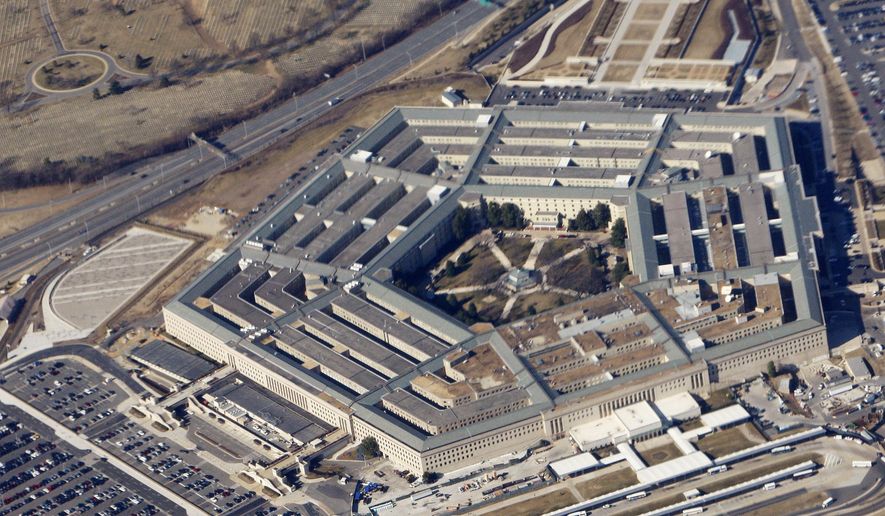The Pentagon’s secretive, widely criticized “Overseas Contingency Operations” account lives on under Senate Republicans’ 2021 spending plan.
The $696 billion defense budget proposal released Tuesday by the GOP-led Senate Appropriations Committee includes $68.7 billion for the OCO fund, which was established in the aftermath of the Sept. 11, 2001, attacks on the U.S. and originally meant to cover necessary military spending in the early days of the war on terror and invasion of Iraq. Those conflicts had not been factored into the Pentagon’s pre-9/11 spending plans.
But the account has grown in the two decades since then, and critics say it has essentially become a “slush fund” that allows the Defense Department to bypass congressionally mandated caps on spending and to exercise flexibility in moving money from one program to another.
Pentagon leaders have pushed back on much of that criticism, but lawmakers and defense analysts long have argued that the account warps the Defense Department’s true budget. They say that military leaders can use the OCO to fund a host of other Pentagon initiatives outside the intended scope of the fund with minimal oversight from Congress and little knowledge among the public about how the money will be spent.
“Using OCO to subsidize the Pentagon’s non-war activities is bad budgeting, period,” William Hartung, director of the Arms and Security Project at the Center for International Policy, wrote in a piece for Forbes last year. “Eliminating the OCO slush fund and restoring budget discipline at the Pentagon is both doable and advisable.”
Since 2001, about $2 trillion has flowed into the OCO fund. It exists outside the caps established by the 2011 Budget Control Act, which reined in spending across the federal government.
The debate over OCO seemingly came to a head last year, when the Pentagon requested a whopping $164 billion for the account — a 140% increase than the amount requested a year earlier.
“What we’re really talking about here is the establishment of a slush fund to hide what’s happening with defense spending and get it out from underneath the statutory caps,” Sen. Elizabeth Warren, Massachusetts Democrat and an outspoken critic of the fund, said at a Senate hearing last year.
Patrick Shanahan, then the acting defense secretary, denied that charge.
“There is no slush fund,” he said.
Pentagon officials have argued that dollars in the defense budget — whether in the main spending plan or the OCO account — all go to support American national security, military readiness, and more recently, implementation of the Trump administration’s landmark National Defense Strategy.
But specialists argue that’s exactly why it is time to rethink the OCO and move the money back into the Pentagon’s main budget request.
“The level of OCO spending has remained higher than needed for its underlying purposes for many years because much [of] its spending belongs in the Pentagon’s base budget,” Sean Kennedy, director of research at Citizens Against Government Waste, wrote in a piece for Defense News last month. “Beyond the problems associated with using a loophole to fund the DoD, as a supplemental appropriation, the OCO does not allow the Pentagon to factor its funding into the normal budgetary process, which involves planning for multiple years.”
Indeed, even some top defense officials have argued that the OCO as currently constructed makes it difficult to know exactly how much money the Pentagon will receive in a given year, adding uncertainty into budget projections.
• Ben Wolfgang can be reached at bwolfgang@washingtontimes.com.




Please read our comment policy before commenting.